Should You Apply Your Concealer or Foundation First? Well, It Depends… Let Us Explain



Dahvi Shira


Photo by Caroline Tompkins / Refinery29 / Getty Images
It’s a question as old as time: In your makeup look, should you apply concealer or foundation first? We’ve seen it done both ways on various skin types, and we personally can’t tell you if one method is better for you than the other. What we do know is that when you use concealer, you can often fill in any gaps in coverage with foundation, using much less product. Heck, some people don’t use foundation at all. After all, concealer can tackle fine lines, pimples, dark circles, dark spots, hyperpigmentation, and other discoloration or problem areas. But let’s say you’re a full-glam girly who loves a serious makeup routine. What direction should you take, and which hacks should you follow? We asked two professional makeup artists, so keep reading for their makeup tips.


It's about glam time you treated yourself.
MEET THE EXPERT
Natalie Dresher is a Los Angeles and Miami–based makeup artist especially known for influencer wedding glam.
Carmindy Bowyer is an NYC-based makeup artist, founder of Carmindy Beauty Cosmetics, and ambassador for Bliss skincare.
Foundation First
Makeup artist Natalie Dresher opts for foundation first when she wants to ensure an even skin tone and a clean canvas for concealer. She says this can lead to a fuller coverage glam look since the base has adequate coverage, and she’s not just spot treating. She enjoys this method because she can cover up any lingering imperfections with the concealer afterward.
If you’re on the hunt for an everyday foundation and concealer, we recommend the WANDER BEAUTY Nude Illusion Liquid Foundation and the TARTE™ Shape Tape Radiant Medium Coverage Concealer. This is our liquid concealer pick, thanks to its ability to avoid a cakey finish or creasing under the eyes. It also provides a more glowy (versus matte) finish.
How to Apply Foundation Before Concealer?
1. Prep the Skin
In addition to the plain and simple importance of skincare for your health, skin prep also ensures face makeup goes on more smoothly. When it comes to cleansing, we can’t put down the INN BEAUTY PROJECT Keep it Clean Hydrating Gel Cleanser. For the next step of moisturization, Carmindy Bowyer, NYC-based makeup artist, founder of Carmindy Beauty Cosmetics, and ambassador for Bliss skincare, swears by the BLISS Drench & Quench Hydrating Cream. If you’re following a minimalist routine, you can wrap up your skin prep with her personally beloved CARMINDY BEAUTY Lit From Within Daily Prep Primer after sunscreen to ensure your makeup survives the day.
2. Apply Foundation With Your Tool of Choice
“I apply it with my fingers first, lightly around the eyes and on the lids, and then blend it out,” Bowyer says. She believes in going light with this step, since you’ll be adding concealer afterward to dramatize the look a bit.
3. Buff Out With a Sponge
Both makeup artists enlist the help of a BEAUTYBLENDER® Original BeautyBlender Makeup Sponge or other spongy applicator after initially applying the product. After applying to desired areas with her fingers, Bowyer buffs it out with said sponge “all over for a soft effect.” Dresher reminds us to ensure your sponge is damp.
4. Apply a Light Layer of Concealer
“When you apply foundation first, you’re already lightly covering the skin, so chances are, you’ll need a lot less concealer than you originally thought,” Bowyer says. “Look to see if there is any redness, veins, or spots still showing. Then you can apply a little concealer just on those areas.”
And as Dresher notes, you don’t want to forget under the eyes and on the eyelids.
5. Wait for Concealer to Dry
After giving the concealer several seconds to dry, Dresher advises you “blend out with the damp beauty sponge, and then go over any lasting imperfections or redness with more concealer and blend that out as well.”
Concealer First
“If you apply concealer first, you can use less foundation and it can even make the foundation look more natural,” Dresher says. “This is because you’re using less product all over the face and concentrating it on certain areas that need it.”
Bowyer sees things a bit differently, explaining, “The concealer-first method is intended for people looking for a heavy, made-up social media type look, or for people who have more intense issues that need to be concealed.”
How to Apply Concealer Before Foundation?
1. Moisturize and Prime
The same skin prep routine applies here as it does when you use foundation before concealer (see above).
2. Tackle Specific Areas
First and foremost, Bowyer suggests spot concealing blemishes and areas of redness. You also want to touch under the eyes (for circles or darkness) and eyelids (for makeup priming or concealing veins or other marks). For this, Dresher recommends the LAURA GELLER Cancel-n-Conceal Skin
Perfector & Color Corrector. Speaking of the brand, we’ve personally had good luck with the LAURA GELLER The Ideal Fix Concealer.
If you’re going full glam, Dresher advises taking a light concealer to place areas of brightness under the eyes, in the middle of the forehead, bridge of nose, and chin. “It creates a more dramatic lift look,” she says. Our pick for brightening? The FENTY BEAUTY Bright Fix Eye Brightener. It’s hydrating, buildable, and longwearing.
3. Blend, Blend, Blend
Now you want to blend, but with caution. You’ll take your trusty damp sponge “and blend all these areas out, but without going directly on top of where the concealer was used,” Dresher says. “Only blend out the borders.”
4. Apply Foundation
Once the concealer is blended and dried, you can pack the foundation on with a damp sponge or foundation brush, as advised by Bowyer. “This overall technique is more time-consuming and dramatic,” she says.
Final Thoughts
Potato, potahto—honestly, when it comes to applying concealer or foundation first, it’s really just a matter of preference. Applying concealer first can indeed offer a more full-coverage finish, but on the flipside, it can also call for less foundation. It comes down to how you use the concealer. Are you using it to spot correct? Or are you using it as a base layer with foundation to be applied over it? One way is going to look more dramatic than another. Ultimately, we say there’s no right or wrong answer, though we personally prefer applying foundation first and concealer second. This ensures spots are treated, dried down, and left alone, while the under eye and other areas of the face are brightened without foundation
Liked this post? Share!
Related Stories
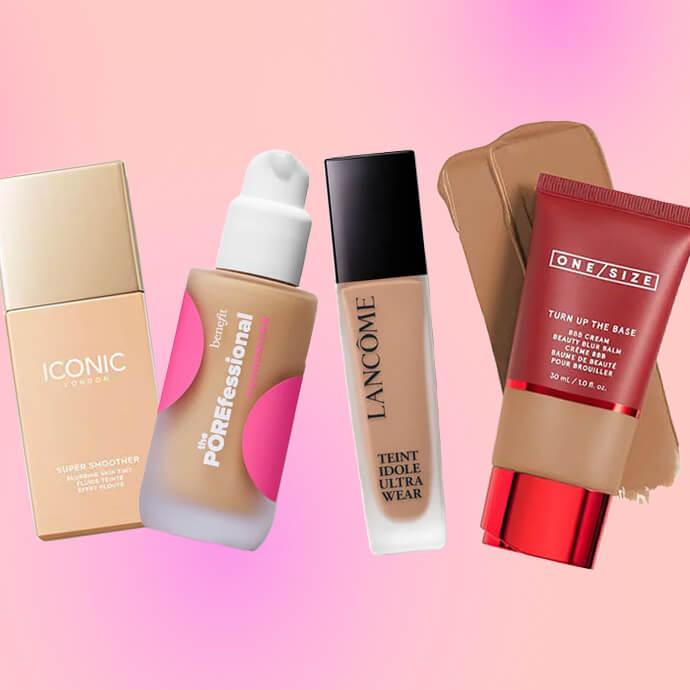
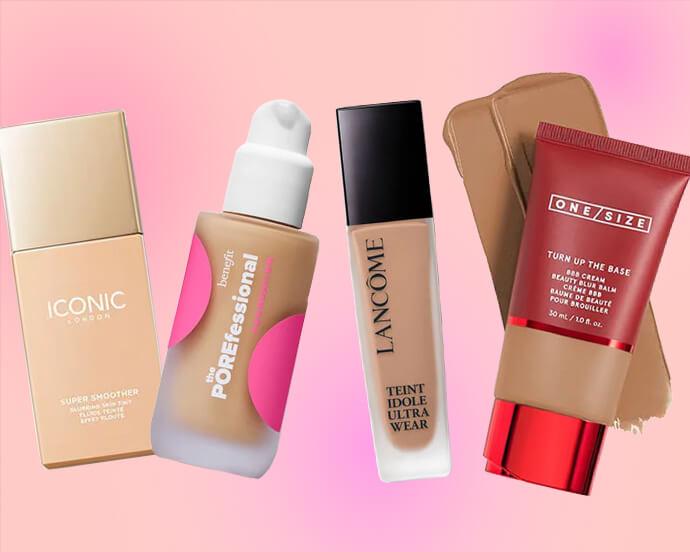
Makeup
Want an IRL Filter? These Are the Best Blurring Foundations
Published on Dec 12, 2025 • 5 min read
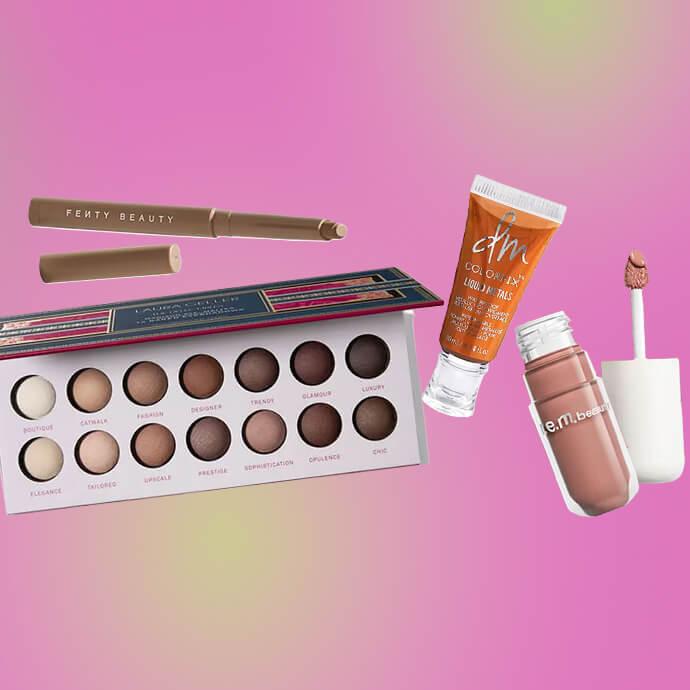
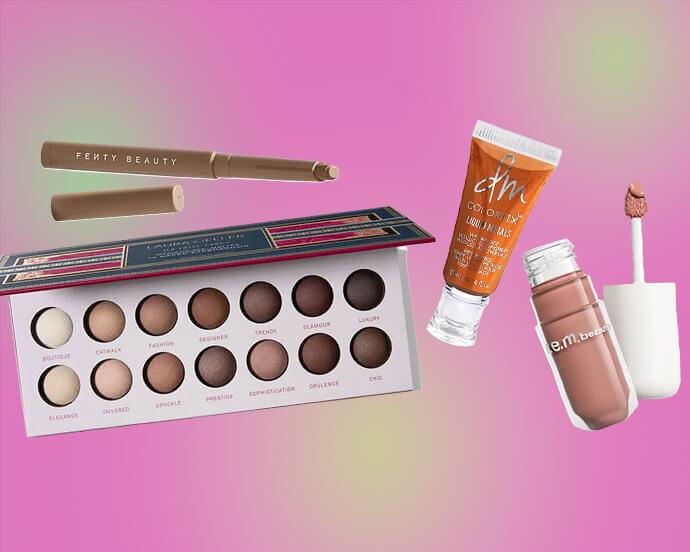
Makeup
How to Expertly Apply Eyeshadow on Mature Skin
Published on Dec 10, 2025 • 6 min read

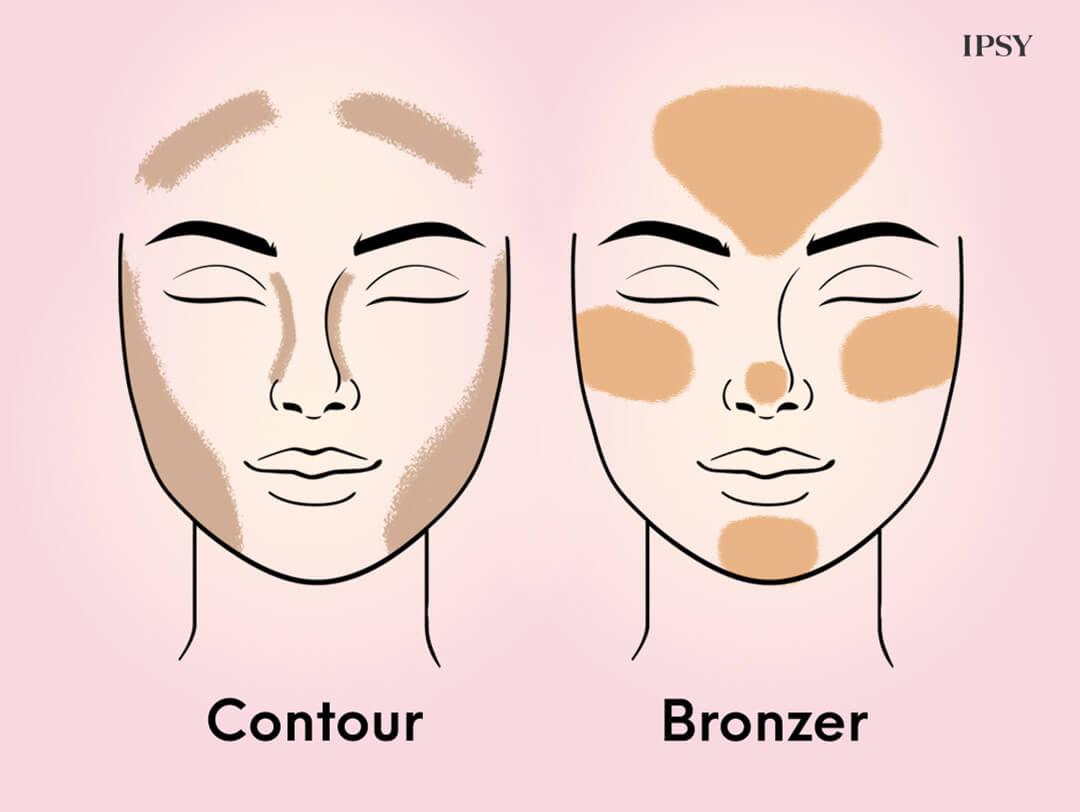
Makeup
How to Use Bronzer and Contour to Sculpt Your Face Like a Pro
Published on Dec 5, 2025 • 9 min read


Makeup
Makeup for Older Women That Works With Your Skin, Not Against It
Published on Dec 1, 2025 • 12 min read


Makeup
2026’s Biggest Makeup Trends Are a Maximalist Dream
Published on Dec 1, 2025 • 8 min read


Makeup
2025’s Biggest Makeup Trends: Go Big or Go Home
Published on Dec 13, 2024 • 7 min read


Makeup
16 New Year’s Eve Makeup Ideas to Fashionably Ring in 2026
Published on Nov 25, 2025 • 10 min read


Makeup
Your 2026 Beauty Horoscope Is Here—and the Stars Are Serving Looks
Published on Nov 25, 2025 • 9 min read


Beauty Picked Just for You
Get 5 products worth up to $70
Plus exclusive access to epic deals up to 80% off
Starting at just $14/month. Cancel anytime.